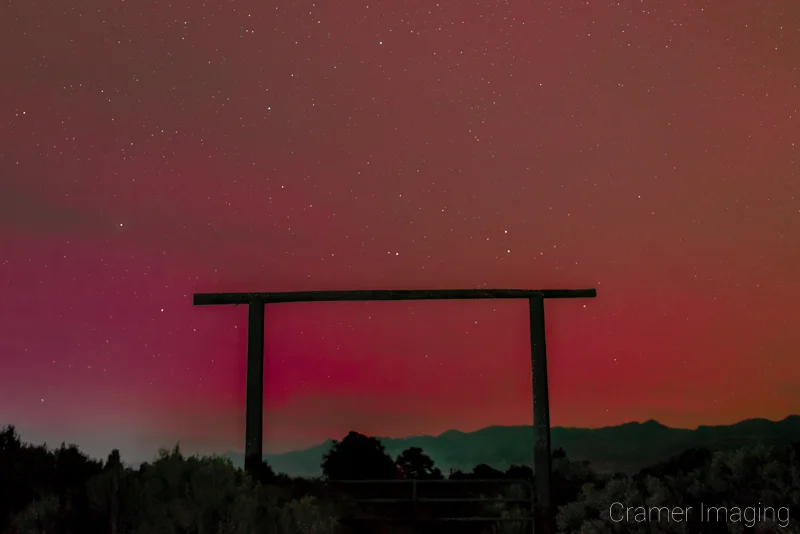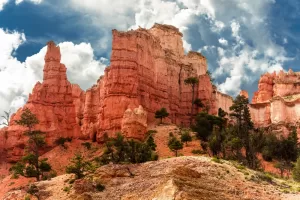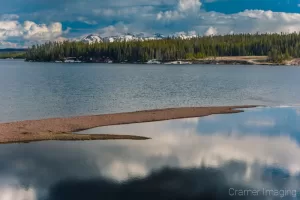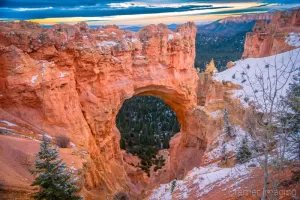Two nights ago, something amazing happened. Another Aurora Borealis appeared over Utah and much of the United States. The solar activity was up and the skies were alight with color. I capitalized on another rare opportunity for aurora landscape photography at this low (or central) a latitude. Check out what I came back with this time.
I had no idea that this aurora was coming. I clued into it when a Facebook friend living north of us showed off a fresh and clear picture of a purple and green aurora dancing over what I believe was his house. This told me that something was up. The KP index was indeed up at 6.33 when I checked. Of course, I went out to see if it was visible to me. It wasn’t so easy to tell this time. The northern skies were perhaps a bit lighter, but that could easily be city light bleed.
I brought out my camera for a test shot. I wanted to be certain. What appeared on the screen looked to me like a faint aurora, but it was difficult to tell from that only. So, I decided to wait a bit. Then my phone notifications pinged me. The KP index rose up to 7. Another test shot showed that there was indeed an aurora appearing over Utah again, even if it wasn’t really visible to the naked eye.
Given the late hour, I decided that my photography attempt would take place in the same spot as before. It’s a quick drive so ideal for a tired person to quickly return to bed afterwards. With Saturn high in the sky, I had the perfect focal point to work with. So, I focused my camera manually and got to work on the aurora.

This aurora was indeed different from the last aurora I photographed. It’s much darker and much more red than the mostly purple with a touch of green from a few months ago. Still, it’s an aurora over the southern Utah skies. Just to make sure things worked out, I took several shots and stacked them. I also worked on light painting the foreground better for a more natural-looking image.
My deeper studies into astro-landscape photography since the last aurora paid off. While the northern lights themselves are less stunning, the overall photo is better technically.
I also hear that next year might be a much more active year for the sun. This might mean more auroras appearing overhead in Utah. Perhaps I’ll have more opportunities to photograph them than I thought, weather and clouds permitting of course. Also, I’ll try for a greater variety of foregrounds if this does indeed come to pass.
So, reader, what do you think of this Utah aurora attempt? Please leave your thoughts in the comments section below.



